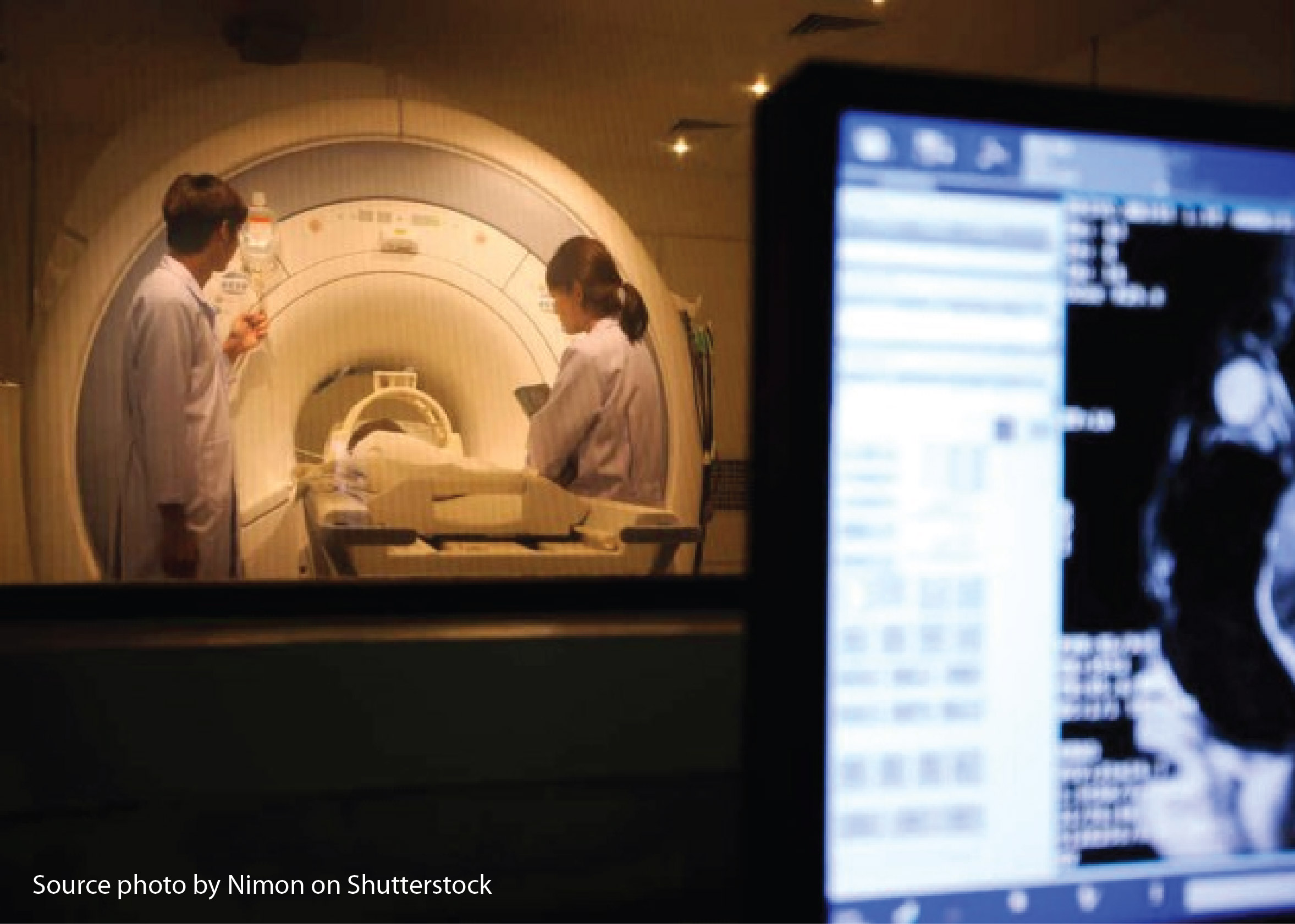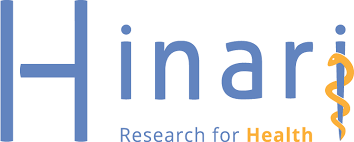SCORING ANALYSIS OF THE RELATIONSHIP BETWEEN MAGNETIC RESONANCE IMAGING- ANXIETY QUESTIONNAIRE (MRI-AQ) WITH HEART RATE TO PATIENTS ANXIETY LEVEL AT LUMBOSACRAL MRI EXAMINATION

Downloads
Background: Anxiety during MRI examination becomes a common constraint and can have a negative effect that is the quality of the resulting image due to the existence of motion artifacts until the failure of the examination. Purpose: One of the signs of anxiety can be seen an increase in heart rate, in addition there is one questionnaire specifically aimed to determine the level of anxiety in patients with MRI examination, namely Magnetic Resonance Immunization-Anxiety Quistionnaire (MRI-AQ). Method: This research used correlational method with cross-sectional approach. The sampling technique used is purposive sampling. In this research, there were 30 samples. Each sample will be measured heart rate before, during, and after Lumbosacral MRI examination. A Magnetic Resonance Imaging Anxiety Questionnaire (MRI-AQ) was then completed at the time of examination. Collected data were then tested for differences using paired-t test and pearson correlation test. Result: The result of paired-t test shows that there was difference of heart rate during and after examination with p-value 0,036 <α. The patient's heart rate during Lumbosacral MRI was higher than the patient's heart rate after Lumbosacral MRI at 85.63 bpm ± 14.709. Conclusion: Pearson correlation test results showed a correlation between Magnetic Resonance Imaging- Anxiety Questionnaire (MRI-AQ) with heart rate to patient anxiety level at Lumbosacral MRI Examination, this is reinforced by correlation value r = 0.636.
Ahlander, M. B., Arestedt, K., Engvall, J., Maret, E., Ericsson, E. 2016. Development and validation of a questionnaire evaluating patient anxiety during Magnetic Resonance Imaging: the Magnetic Resonance Imaging-Anxiety Questionnaire (MRI-AQ). Journal of Advanced Nursing. Pp. 1368-1380.
Carlsson, S., Carlsson, E. 2013. The situation and the uncertainty about the coming result scared me but interaction with the radiographers helped me through': a qualitative study on patients' experiences of magnetic resonance imaging examinations. Journal of Clinical Nursing. Vol 22.Pp. 3225-3234.
Damarwati, T. 2014. Gambaran Tingkat Kecemasan Orangtua dari Bayi yang dirawat di ruang NICU RSUP Fatmawati Jakarta. In: Analisis Faktor yang Brhubungan dengan Tingkat Kecemasan Klien dengan Kanker Payudara di Puskesmas Pacarkeling. Fakultas Keperawatan Universitas Airlangga Surabaya: Skripsi. Tidak Diterbitkan.
Kaplan, H., Sadock, B. 2008. Synopsis Psikiatri: Ilmu Pengetahuan Perilaku Psikiatri Klinis. In: Faktor-faktor yang Mempengaruhi Kecemasan Pasien dalam Tindakan Kemoterapi di Rumah Sakit dr. Moewardi Surakarta. s.l.:Berita Ilmu Keperawatan. Vol. I. Pp. 187-192.
L, W., Au, P. 2014. Evaluating Patient Experience in Magnetic Resonance Imaging (MRI). Electronic Presentation Online System. Pp. 1-17.
McRobby, D. W., Moore, E. A., Nur J, M. 2007. MRI from Picture to Proton. 2nd ed. Cmbridge: Cambridge University Press.
MacKenzie, R. e. a. 1995. Patients's Perceptions of Magnetic Resonance Imaging. Clinical Radiology. Vol 50. Pp. 137-143.
Minde, D. V., Laura, K., Weda, H. 2014. Pinpointing Moments of High Anxiety During an MRI Examination. Journal Behavioral Medicine. Vol 21. Pp. 487-495.
Nikolin, S., Boonstra, T. W., Loo, C. K. 2017. Combined Affect of Prefrontal Transcranial Direct Current Stimulation and Working Memory Task on Heart Rate Variability. J Plos One. Pp. 1-15.
Nuraini, F., Adriatmoko, W., Novita, M. 2017. Perubahan Tanda Vital Sebagai Gejala Rasa Cemas sebelum Melakukan tindakan pencabutan gigi pada mahasiswa profesi klinik bedah mulut RSGM Universitas Jember. In: Kecemasan pada Mahasiswa Koasistensi Program Studi Psikologi Universitas Indonesia. s.l.:e-Jurnal Pustaka Kesehatan. Pp. 323-330.
Permatasari, R. 2013. Hubungan Kecemasan Dental dengan Perubahan Tekanan Darah Pasien Ekstraksi Gigi di Rumah Sakit Gigi dan Mulut Pendidikan (RSGMP) Hj. Halimah DG. Sikati Makassar. Universitas Hasanudin: Skripsi.
Prasetyo, E. 2005. Peran musik sebagai fasilitas dalam praktek dokter gigi untuk mengurangi kecemasan pasien. Maj Ked Gigi (Dent J). Vol 38(1). Pp. 41-4.
Ravicz, M. E., Melcher, J. L., Kiang, N. Y. 2000. Acoustic Noise During Functional Magnetic Resonanace Imaging. J Acoust Soc Am. Vol 108(4). Pp. 1683-1696.
Copyright (c) 2019 Journal Of Vocational Health Studies

This work is licensed under a Creative Commons Attribution-NonCommercial-ShareAlike 4.0 International License.
- The authors agree to transfer the transfer copyright of the article to the Journal of Vocational Health Studies (JVHS) effective if and when the paper is accepted for publication.
- Legal formal aspect of journal publication accessibility refers to Creative Commons Attribution-NonCommercial-ShareAlike (CC BY-NC-SA), implies that publication can be used for non-commercial purposes in its original form.
- Every publications (printed/electronic) are open access for educational purposes, research, and library. Other that the aims mentioned above, editorial board is not responsible for copyright violation.
Journal of Vocational Health Studies is licensed under a Creative Commons Attribution-NonCommercial-ShareAlike 4.0 International License














































